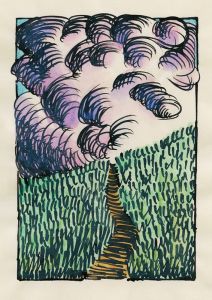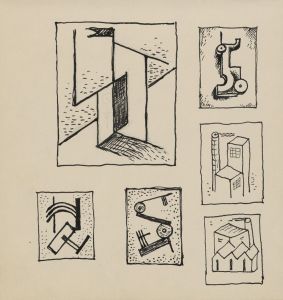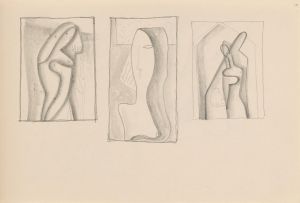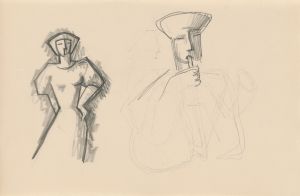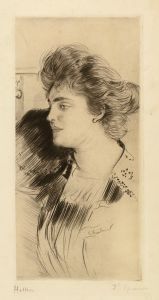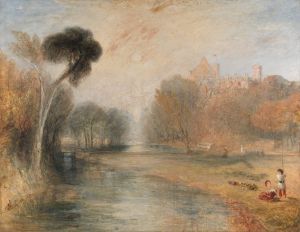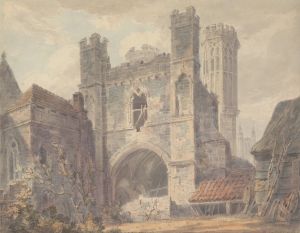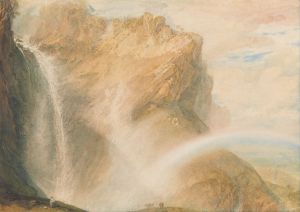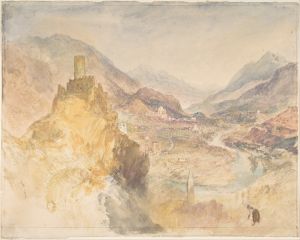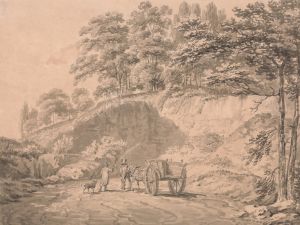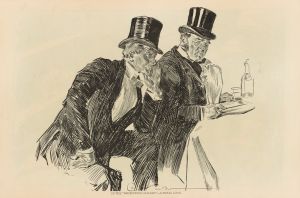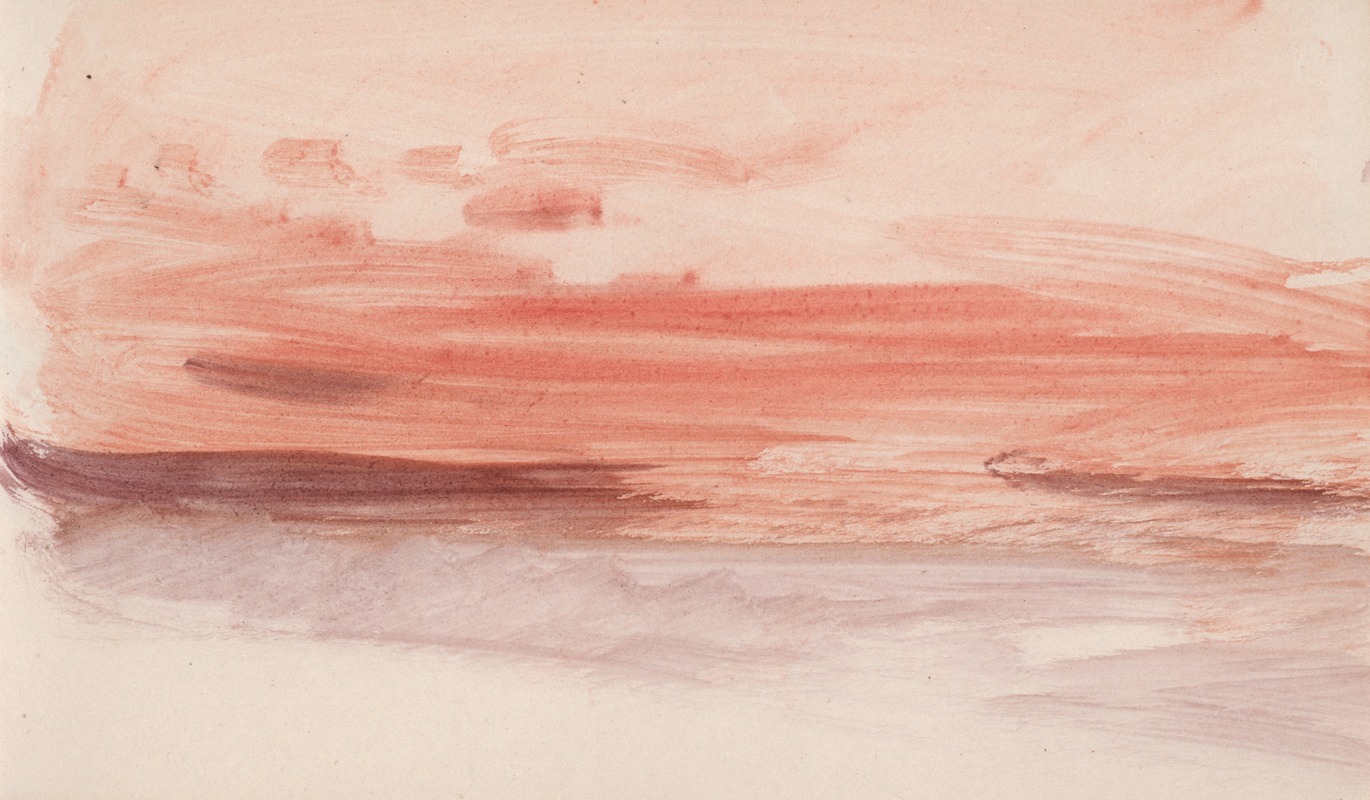
The Channel Sketchbook 12
A hand-painted replica of Joseph Mallord William Turner’s masterpiece The Channel Sketchbook 12, meticulously crafted by professional artists to capture the true essence of the original. Each piece is created with museum-quality canvas and rare mineral pigments, carefully painted by experienced artists with delicate brushstrokes and rich, layered colors to perfectly recreate the texture of the original artwork. Unlike machine-printed reproductions, this hand-painted version brings the painting to life, infused with the artist’s emotions and skill in every stroke. Whether for personal collection or home decoration, it instantly elevates the artistic atmosphere of any space.
Joseph Mallord William Turner, an English Romantic painter, is renowned for his expressive colorization, imaginative landscapes, and turbulent marine paintings. Among his extensive body of work is "The Channel Sketchbook 12," which is part of a series of sketchbooks that Turner used throughout his career to capture preliminary ideas and scenes that would later inform his larger works.
Turner was born in 1775 in Covent Garden, London, and showed an early aptitude for drawing. He was enrolled in the Royal Academy of Arts at the age of 14, where he quickly gained recognition for his talent. Over his lifetime, Turner produced numerous sketchbooks, which are now considered invaluable resources for understanding his artistic process and development.
"The Channel Sketchbook 12" is one of these sketchbooks, and it reflects Turner's fascination with the sea and coastal landscapes. Turner often traveled to various locations around the British Isles and Europe, using these sketchbooks to document his observations and inspirations. The Channel, the body of water separating Southern England from Northern France, was a frequent subject of Turner's work, providing a rich tapestry of light, weather, and maritime activity that he found captivating.
In his sketchbooks, Turner employed a variety of media, including pencil, watercolor, and ink. These sketchbooks were not intended as finished works of art but rather as a means of capturing fleeting impressions and experimenting with composition and color. "The Channel Sketchbook 12" likely contains a series of quick sketches and studies that Turner used as references for his larger oil paintings and watercolors.
Turner's approach to sketching was often rapid and fluid, capturing the essence of a scene with minimal detail. This method allowed him to convey the atmosphere and mood of a landscape or seascape, which he would later develop into more detailed and elaborate compositions. His ability to depict the interplay of light and water, as well as the dynamic forces of nature, is evident in these preliminary sketches.
The significance of Turner's sketchbooks lies not only in their contribution to his own artistic practice but also in their influence on future generations of artists. His innovative use of color and light, as well as his ability to convey emotion through landscape, paved the way for later movements such as Impressionism. Artists like Claude Monet and Camille Pissarro drew inspiration from Turner's work, particularly his ability to capture the transient effects of light and atmosphere.
Today, many of Turner's sketchbooks, including "The Channel Sketchbook 12," are housed in the Turner Bequest at Tate Britain. This collection offers scholars and art enthusiasts a unique insight into Turner's creative process and the development of his artistic vision. The sketchbooks are considered an essential part of Turner's legacy, providing a window into the mind of one of Britain's most celebrated artists.
In summary, "The Channel Sketchbook 12" by Joseph Mallord William Turner is a testament to the artist's enduring fascination with the sea and his innovative approach to capturing the natural world. Through his sketchbooks, Turner not only documented his observations but also laid the groundwork for his larger, more finished works, leaving an indelible mark on the history of art.






